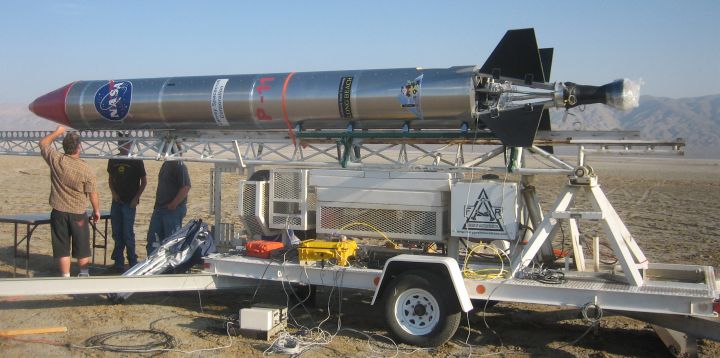
28 June 2008
Koehn Dry Lake Bed, CA
The Prospector 11A (P-11A) was developed and flown under a Phase I SBIR project with NASA Ames Research Center, with CSULB and FAR performing key supporting roles as usual. The P-11A's design was derived from the P-8A, with improvements reflecting lessons learned about the fins and main valve assembly. Due to schedule adjustments on parallel projects, it ended up as the second vehicle to feature the new 4.5K LOX/ethanol engine in flight.
The primary research objective of this SBIR was to evaluate candidate commercial-off-the-shelf (COTS) wireless sensor and networking technologies in launch vehicle applications and to assess their potential for lowering mass and improving reliability and operations by reducing or even eliminating wire harnesses. The demonstrations fit into three general categories - stage-to-stage data networking, vehicle-to-ground telemetry and command communications, and distributed instrumentation for monitoring propulsion system performance. NASA Johnson Space Center and their contractor Invocon also supported this effort by contributing several wireless sensor packages that measured structural and dynamic environment parameters.
Launch took place late on Saturday morning, 28 June 2008, after the GSC/CSULB team worked through issues with the igniter assemblies. Lift-off was nominal. However, at the end of the engine burn, the pilot and main parachutes deployed prematurely, significantly reducing the peak altitude. This anomaly also resulted in only partial deployment of the main parachute, which in turn led to a higher than planned terminal descent velocity and a hard landing. Despite this, the experiments survived the impact and the vehicle itself was still recovered in sufficient condition to be refurbished and later re-flown again as the Prospector 12A (P-12A).
Post-flight investigation determined that a primary factor in the early parachute deployment was insufficient venting for the main parachute container and the associated bay that it was located in, which created a large enough pressure differential across the parachute to deploy it unassisted. The wireless experiments achieved various levels of success, with antenna locations and orientation proving to be a major variable, as had been expected. At least several of these capabilities, specifically the spread-spectrum data transceivers and Zigbee-based local networking, appear to be viable options even now for insertion into operational systems. This is perhaps best evidenced first by the subsequent decision to switch entirely to these wireless systems for collecting key pressure measurements and IMU data on the P-12A and then by their complete success on that mission.

P-11A on the Morning of Launch Prior to Going Vertical
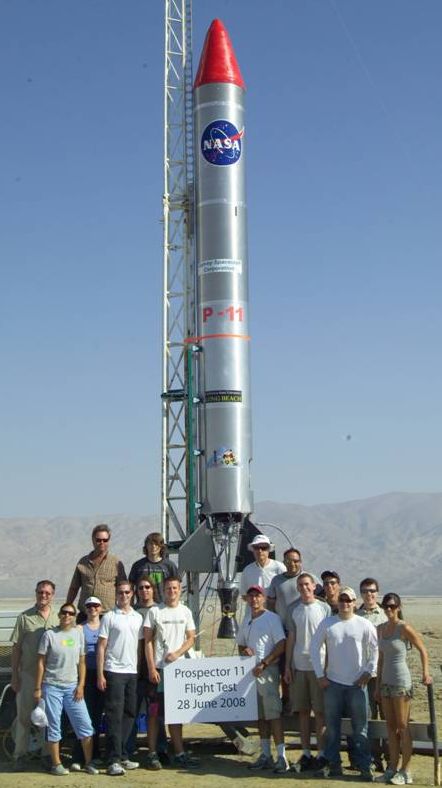
Launch Crew
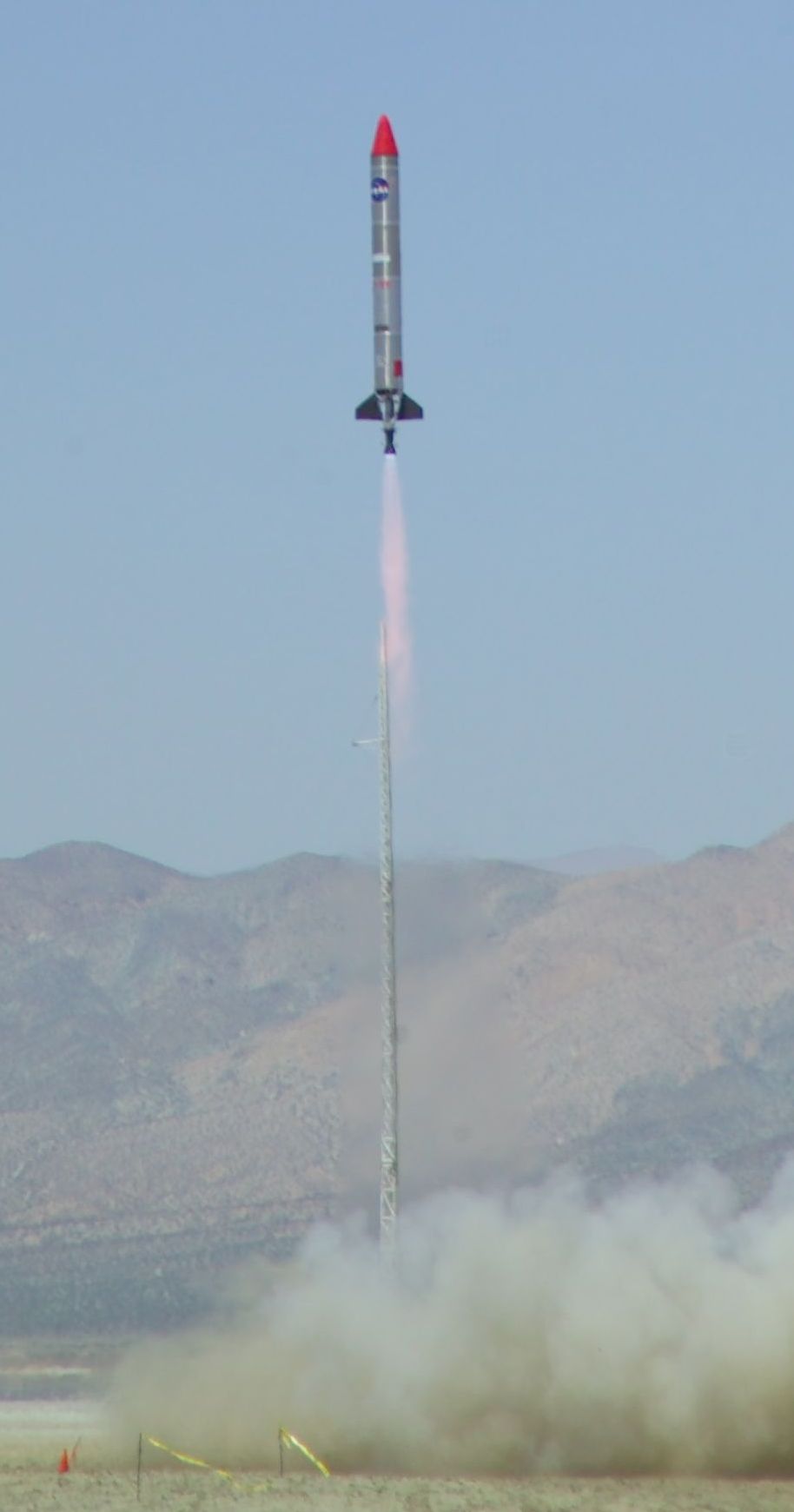
P-11A Lift-off
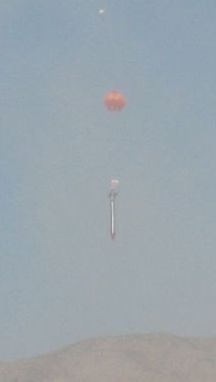
Descent under Partially Opened Parachute
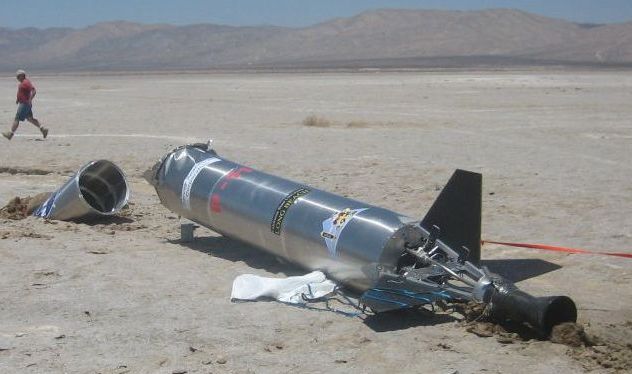
Post-Landing
Last Updated: 09 January 2009